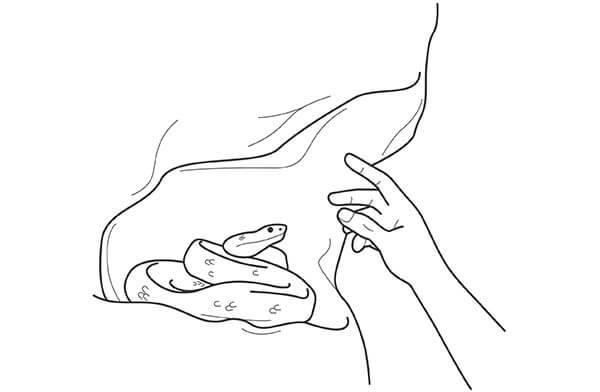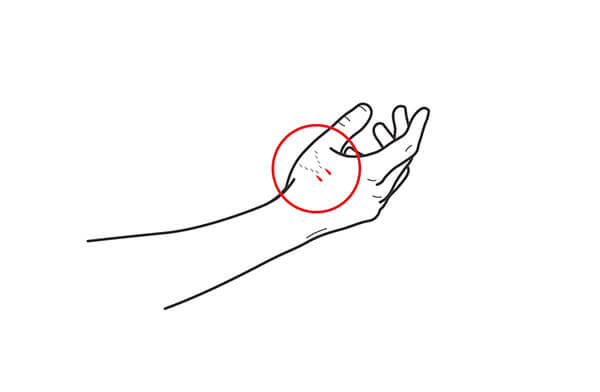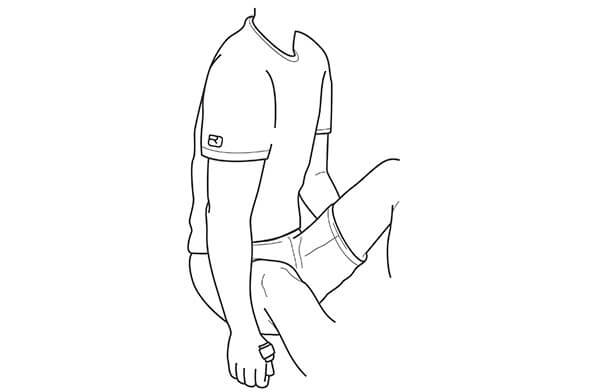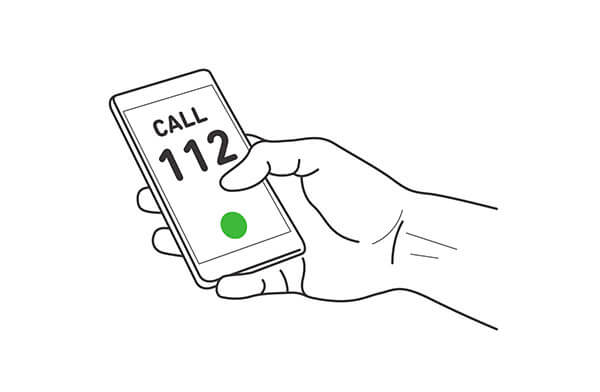Snake bite
Snakes like to lie in warm, sunny spots out of the wind, on warm rocks and underneath old wood. So it is not unusual to come across snakes on a climbing trip, for example on a sunny mountain terrace or while ascending or descending a face.
The only poisonous snakes found on the north side of the Alps are the asp viper and the common adder.
Snakes are not generally aggressive creatures, preferring to retreat rather than attack. Their venom is valuable to them, as they need it to catch prey for survival. Humans are not seen by snakes as prey in this part of the world. On the contrary, snakes are only likely to bite if they feel threatened, trapped or suddenly surprised.

Snakes can actively control the quantity of venom they deliver. Approximately 50% of bites contain no venom, and in only around 20% of cases does a human receive the full dose. This is most likely to occur if the snake has been threatened or annoyed over a lengthy period. When a snake bites, the bite mark is clearly visible.

First of all, you should immediately get out of the danger area, make an emergency call, then cover the wound with a sterile dressing and bandage and allow the affected limb to hang. Any movement should be kept to a minimum. If possible without putting yourself in danger, take a photograph of the snake or make a note of its markings.

If the hospitalization process takes more than two hours, the limb should be tightly bandaged from the wound to the torso using an elastic bandage to slow the movement of poison to the heart.
Under no circumstances should any attempt be made to suck out the venom, cut the wound or manipulate it in any other way. Only a snake bite kit should be used, if available.


